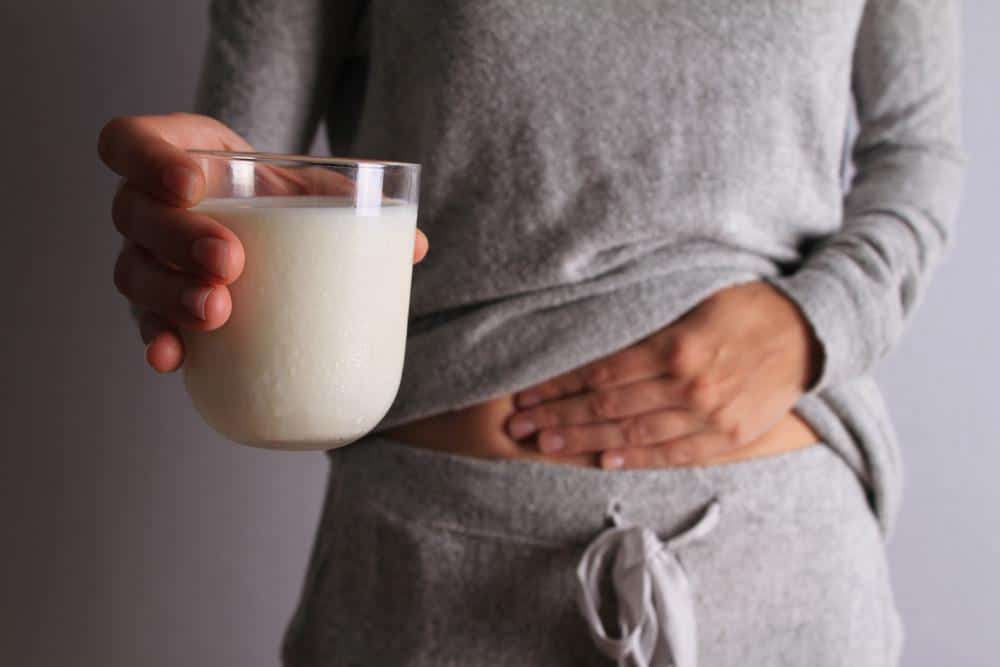
Although lactose intolerance and dairy allergy share some symptoms and necessitate eliminating dairy from your diet, they are distinct conditions. Lactose bigotry is an issue of the stomach related framework; The immune system is the problem with dairy allergy.
Lactose Intolerance
There are two primary causes of lactose intolerance: lactose malabsorption and lactase deficiency. In the small intestine, lactase is an enzyme that breaks down lactose, a sugar found in milk. Lactose malabsorption occurs when undigested lactose moves to the colon, where bacteria begin to break down the lactose and produce fluid and gas. Lactase deficiency can cause this.
Lactose intolerance, like many other conditions, varies from person to person. The amount of lactose that most people can consume without experiencing symptoms varies from person to person. Lactose intolerance can be broken down into four distinct categories:
- The most common type of lactase deficiency is primary lactase deficiency, in which lactase production decreases over time, usually beginning around the age of two.
- Secondary lactase deficiency is caused by damage to the small intestine.
- Developmental lactase deficiency is usually only temporary and affects premature babies.
- Congenital lactase deficiency is the rarest type, in which the small intestine produces very little or no lactase from birth.
Around 65% of all people have some degree of lactose narrow mindedness, and it’s most considered normal in individuals of East Asian plunge. However, lactose intolerance is significantly less common among Northern Europeans, accounting for only about 5% of the population.
Dietary adjustments are sufficient to manage lactose intolerance for the majority of sufferers. Hard cheese, for example, has very little lactose, but milk, on the other hand, has a lot. Despite the fact that yogurt and milk contain roughly the same amount of lactose, many people with lactose intolerance are able to consume yogurt but not milk.
You can get assistance in devising a diet plan from the specialists at Danvers Family Doctors to meet your nutritional requirements and prevent discomfort.
Dairy Allergy
In spite of the fact that dairy sensitivity might bring about a portion of similar side effects as lactose bigotry, it is an issue of the safe framework and can be more serious, even perilous. Notwithstanding gas, bulging, spasms, queasiness, and looseness of the bowels, individuals with dairy sensitivity might encounter breathing issues, hives, and enlarging of the throat and lips.
One of several food allergens that are to blame for the most severe reactions is dairy. It is entirely possible to be allergic to cow’s milk but not other types of dairy.
Children are most likely to develop a dairy allergy, and between 2 and 3 percent of children under the age of three are allergic to milk. By the age of 16, about 80% of children no longer have a milk allergy.
Avoiding dairy products, particularly those containing casein and whey, two types of milk protein, is the only way to manage a dairy allergy. Three quarters of children with food allergies are allergic to multiple foods.
